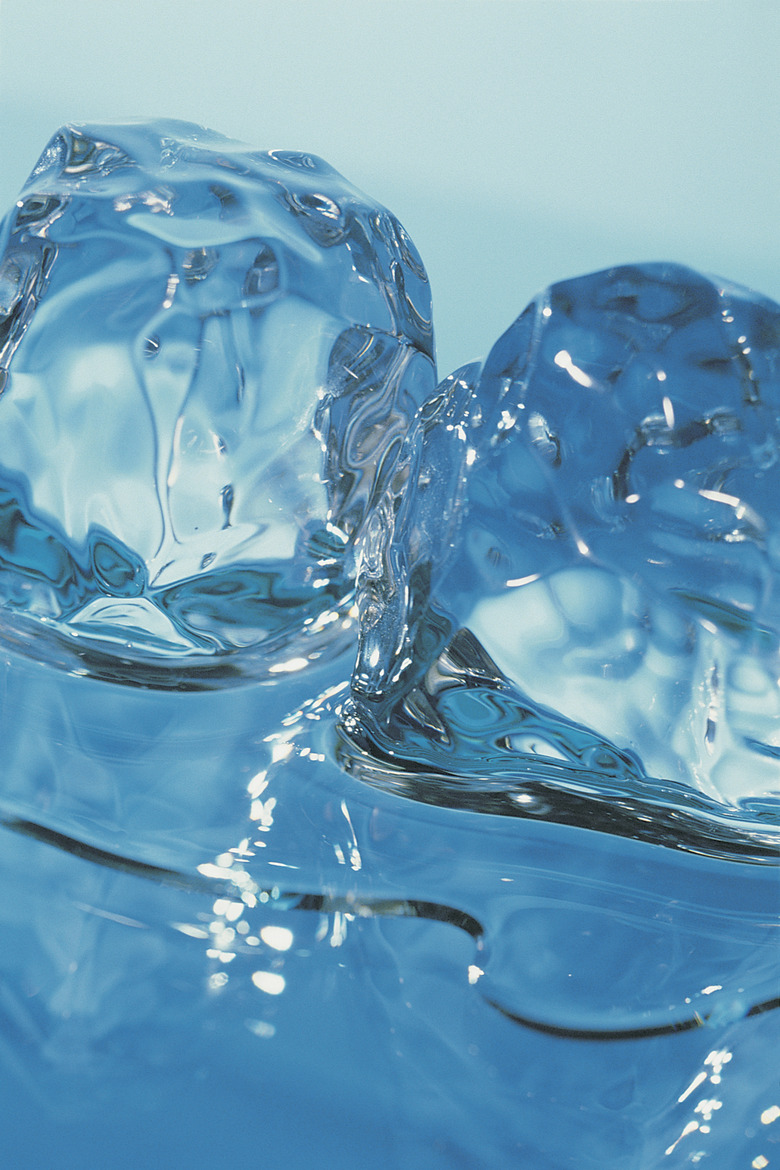How Might You Demonstrate The Law Of Conservation Of Mass For Melting Ice?
The Law of Conservation of Mass states that substances involved in chemical reactions do not lose or gain any detectable mass. The state of the substance, however, can change. For instance, the Law of Conservation of Mass should prove that an ice cube will have the same mass as the water that forms as the cube melts. Perform this experiment to prove the law to your fellow students, and to prove to your teacher, that you understand the theory behind the law.
Step 1
Zero out your balance scale to ensure its accuracy. The scale is zeroed when the end of the triple beams is hovering directly in the middle of the scale. Use the weights to help you do this.
Step 2
Weigh the plastic dish. The weight of the dish will be your constant.
Step 3
Place the ice cube in the dish and weigh the dish and cube together. Subtract the weight of the dish from the final number to find the mass of the ice cube. Remove the dish from the scale.
Step 4
Let the ice cube melt completely. Place the dish back on the scale to find the mass of the dish and the water that's now taken the ice cube's place. According to the Law of Conservation of Mass, the weight of the cube and of the water should be the same.
Things Needed
- Balance scale
- Ice cube
- Small plastic dish
- Pencil
- Paper
Cite This Article
MLA
Swanson, Jaime. "How Might You Demonstrate The Law Of Conservation Of Mass For Melting Ice?" sciencing.com, https://www.sciencing.com/might-demonstrate-law-conservation-mass-melting-ice-12161919/. 24 April 2017.
APA
Swanson, Jaime. (2017, April 24). How Might You Demonstrate The Law Of Conservation Of Mass For Melting Ice?. sciencing.com. Retrieved from https://www.sciencing.com/might-demonstrate-law-conservation-mass-melting-ice-12161919/
Chicago
Swanson, Jaime. How Might You Demonstrate The Law Of Conservation Of Mass For Melting Ice? last modified March 24, 2022. https://www.sciencing.com/might-demonstrate-law-conservation-mass-melting-ice-12161919/
